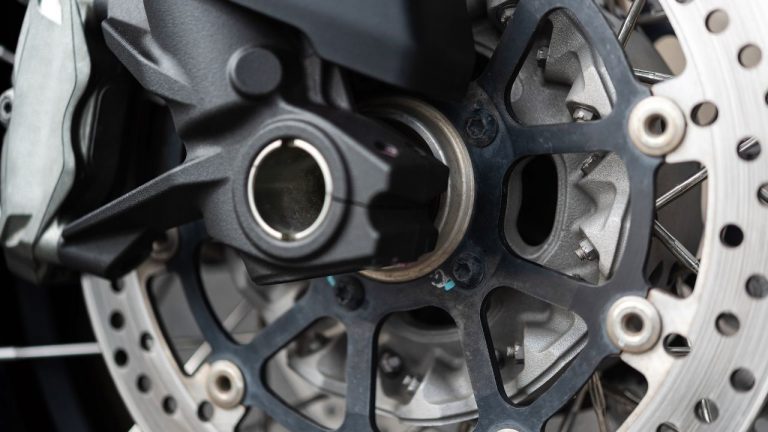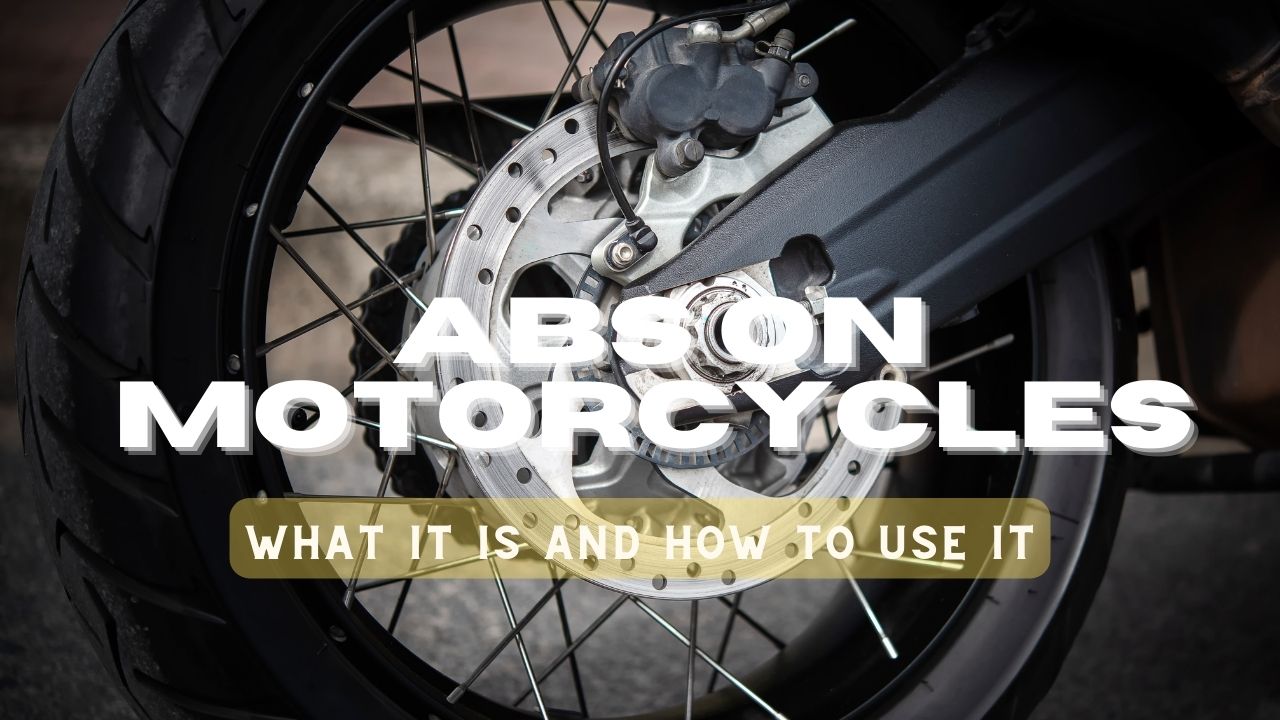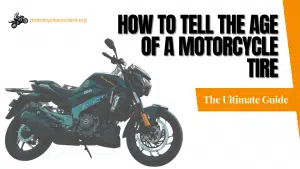Motorcycle riders can control their vehicles in ways that other motorists cannot. One such method is through ABS or an anti-lock braking system. This system prevents the wheels from locking up and allows the rider to maintain steering control when activated. This blog post will discuss what ABS is and how to use it properly while riding your motorcycle!
What is ABS, and what does it do?
ABS, or an anti-lock braking system, is a safety feature that is now common on motorcycles. It works by preventing the wheels from locking up when the brakes are applied hard. This is important because locked wheels can cause the motorcycle to skid, leading to a crash. When ABS is engaged, the brake pads can move slightly, which prevents them from locking up. This allows the rider to maintain control of the motorcycle and avoid a crash. While ABS can be beneficial in an emergency, it is essential to note that it does not make motorcycles invincible. Riders still need to exercise caution and ride within their abilities.
How to use ABS on a motorcycle
ABS, or anti-lock brakes, are a great safety feature on motorcycles. They work by preventing the wheels from locking up when you brake hard, which can help you avoid a crash. Here’s how to use them effectively:
When braking, apply pressure evenly to both the front and rear brakes. If you only use the front brake, you could cause the rear wheel to lock up and skid.
If you do start to skid, don’t panic! Just keep your eyes on where you want to go and let off the brakes slightly. The ABS will do its job and release pressure from the brakes automatically.
ABS can be a great asset when riding a motorcycle. Remember to use it properly and always keep your eye on the road ahead.3. When to use ABS on a motorcycle

How to brake on a motorcycle with ABS
One of the most critical safety features on a motorcycle is ABS or anti-lock brakes. This system helps prevent the wheels from locking up under heavy braking, reducing the risk of a skid or fall. It is essential to apply firm pressure to the brake lever or pedal to use ABS effectively. You should also avoid pumping the brakes, as this can cause the system to malfunction. If you find yourself in a skid, remain calm and steer in the direction you want to go. ABS can help keep you safe on the road, but it is only effective if you correctly use it.
What to do if your bike has an issue with the ABS
If you’re having an issue with your bike’s ABS, you can do a few things to try and troubleshoot the problem. First, check to ensure that the system is turned on and secure all the connections. If everything looks good there, the next step is to bleed the brakes. This process will remove any air bubbles that may have gotten into the system, which can cause problems with ABS functionality. Finally, if you’re still having issues, it’s best to take your bike to a qualified mechanic for further diagnosis and repair. With a little bit of care and attention, you should be able to get your bike’s ABS back up and running in no time.

Benefits of using an anti-lock braking system while riding a motorcycle
Most motorcycle riders are well aware of the benefits of using an anti-lock braking system, or ABS. This technology can help prevent skidding and loss of control, which can be extremely dangerous when riding at high speeds. However, ABS can also be beneficial when riding at lower rates, particularly on wet or icy roads. Even a minor collision can cause a rider to lose control and suffer severe injuries in these conditions. By using ABS, riders can help to reduce the risk of being involved in an accident. Additionally, many insurance companies offer discounts to riders who use motorcycles with ABS brakes, making it a cost-effective safety measure.
Disadvantages of ABS on motorcycles
One of the most critical safety features on a motorcycle is the anti-lock braking system (ABS). However, there are some drawbacks to this technology. One of the main disadvantages of ABS is that it can add to the cost of a motorcycle. Furthermore, some riders find that ABS can reduce their control over the bike, making it more challenging to maneuver in tight spaces. Additionally, if a rider does not know how to use ABS properly, it can increase the risk of an accident. For these reasons, riders need to be fully informed about the pros and cons of ABS before deciding whether or not to purchase a motorcycle with this feature.
FAQs about ABS on Motorcycles
You’re driving along on your motorcycle when suddenly, you hit a patch of gravel and start to skid. Your heart races as you try to maintain control of your bike, but it’s no use. You end up crashing into the guardrail. If only you had a bike with ABS! But what exactly is ABS, and do you need it? Here are some FAQs that can help you understand this critical safety feature.
What is ABS?
ABS, or Anti-lock Braking System, is a safety feature that prevents your wheels from locking up during sudden braking. This allows you to maintain control of your bike and avoid skidding or crashing.
Do all motorcycles have ABS?
No, not all motorcycles come with ABS. However, many newer models do have it, and it will likely become standard on all bikes in the future.
Is ABS worth the extra cost?
YES! ABS can save your life by preventing crashes. It’s definitely worth the extra cost of having this bike’s safety feature.
Conclusion
ABS is a vital safety feature on motorcycles that can help to prevent accidents. However, it’s essential to understand the pros and cons of this technology before making a purchase. Be sure to ask your dealer any questions you may have to make an informed decision. Thanks for reading! Ride safe!





